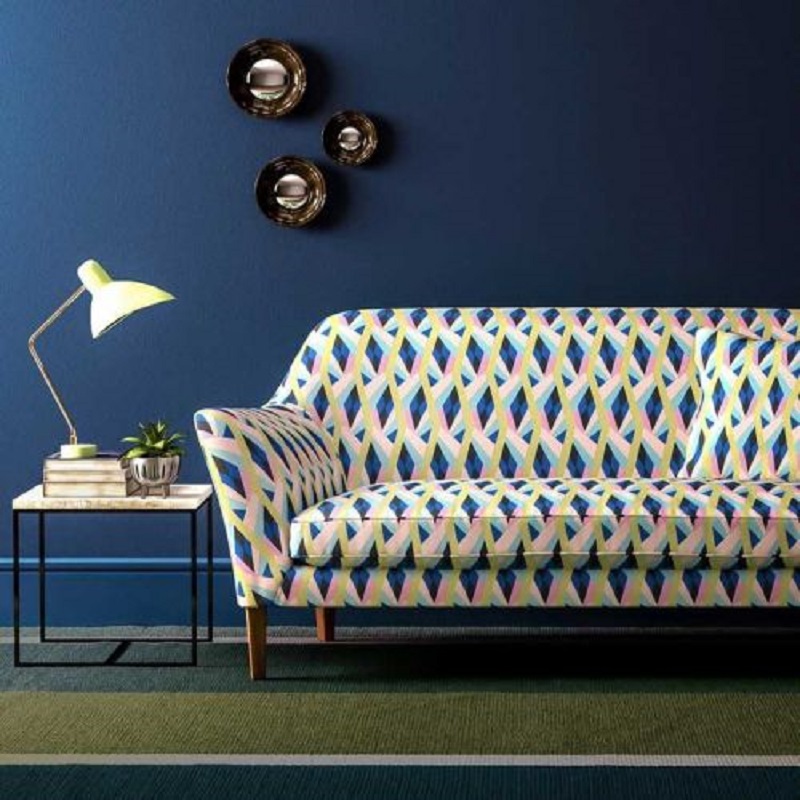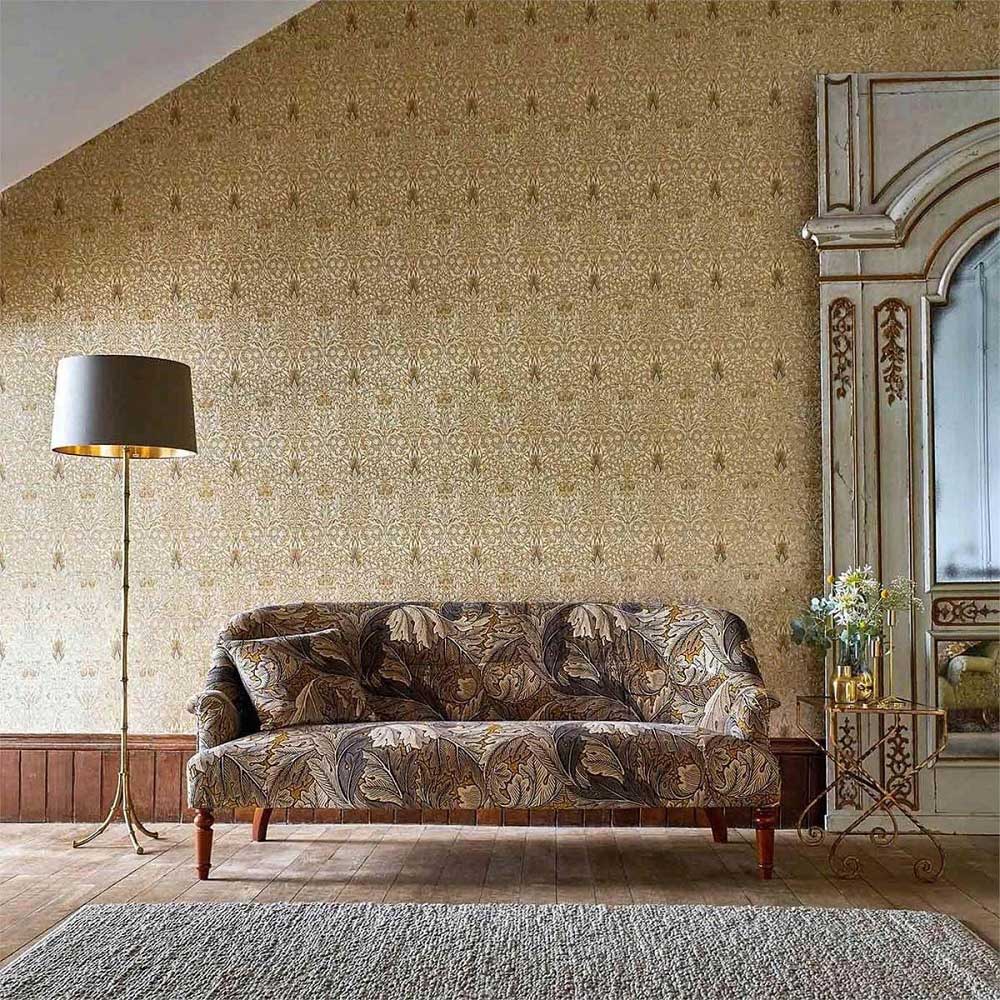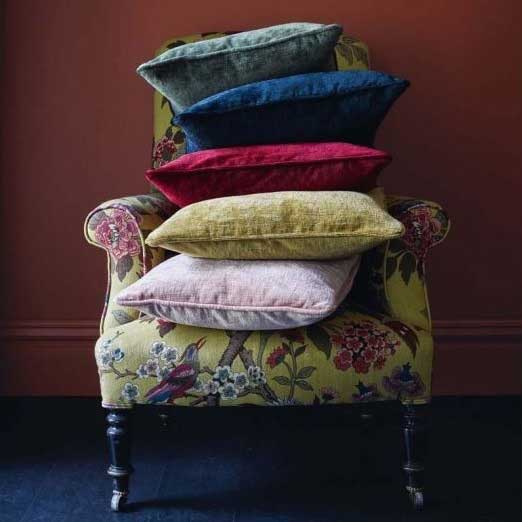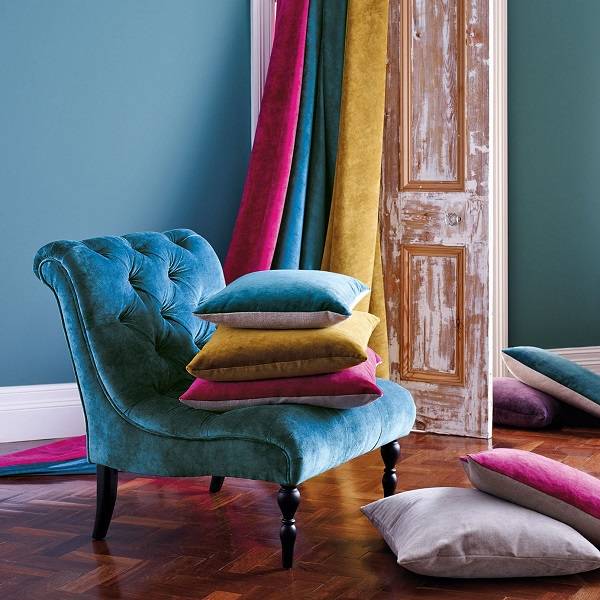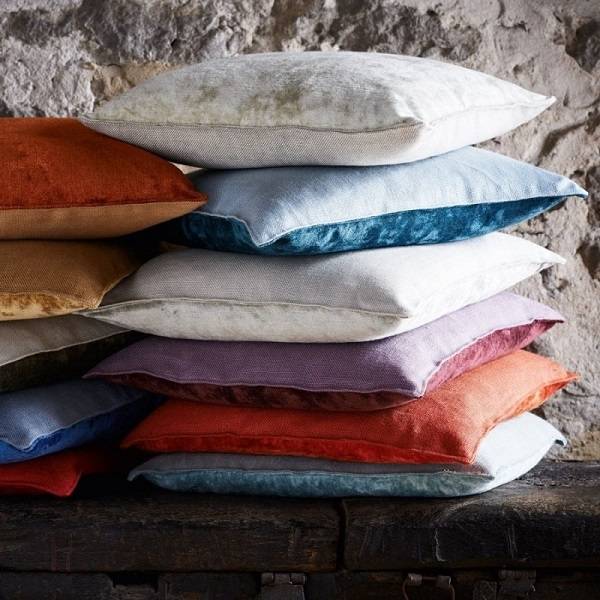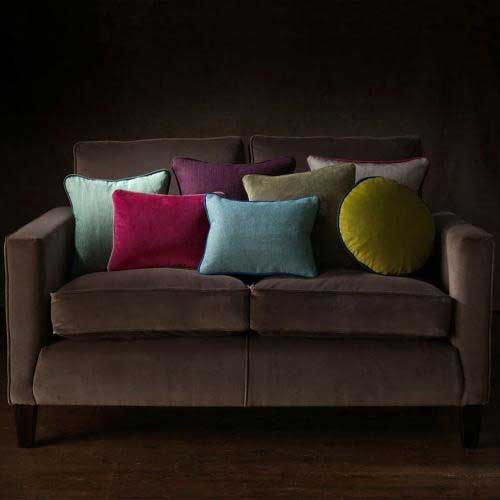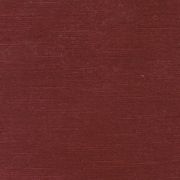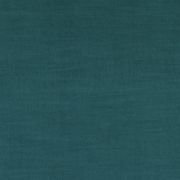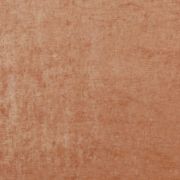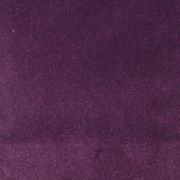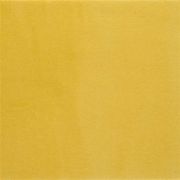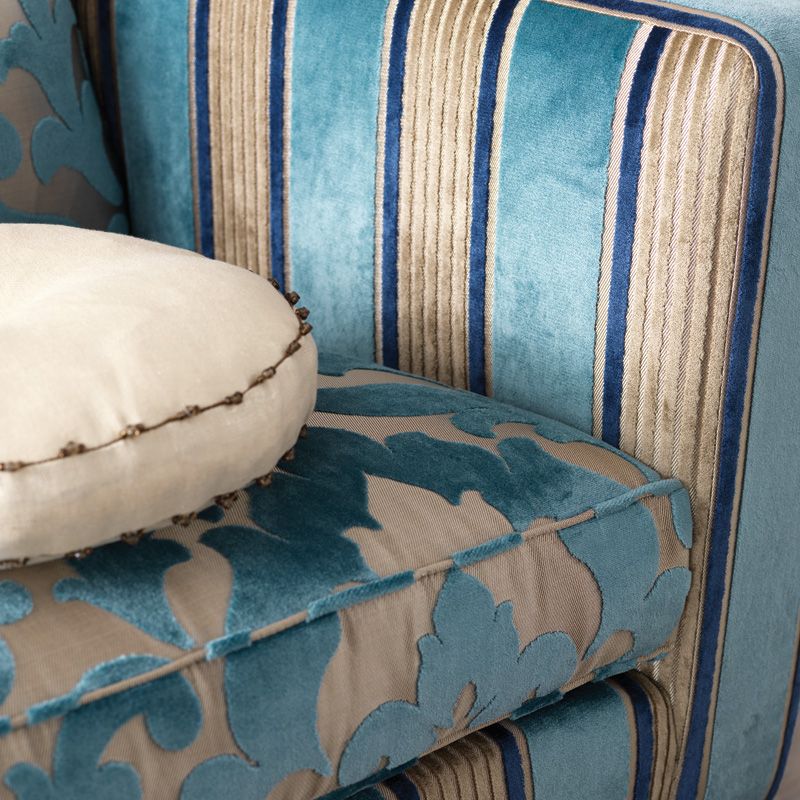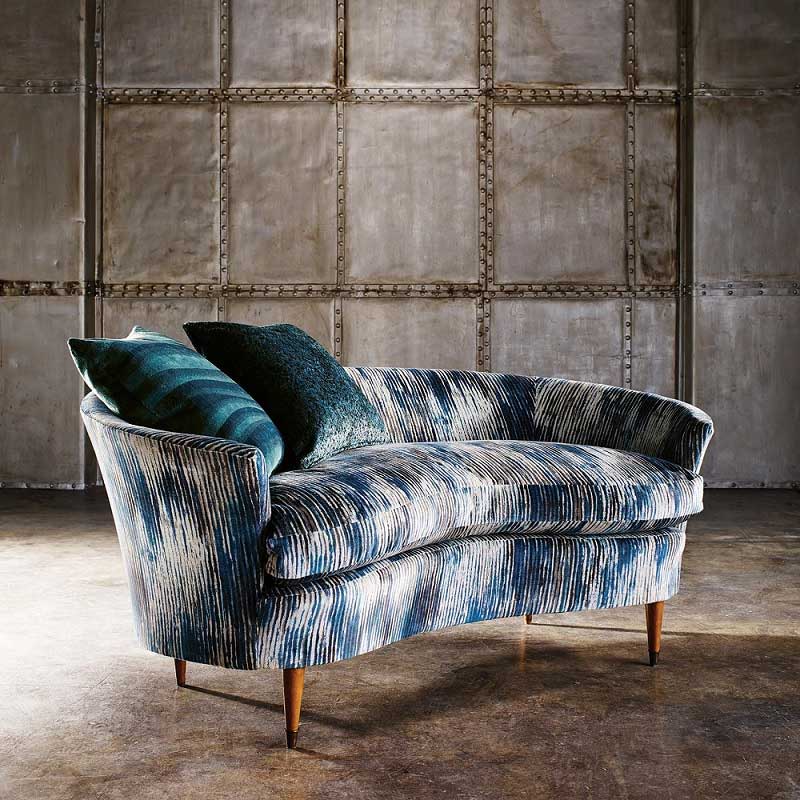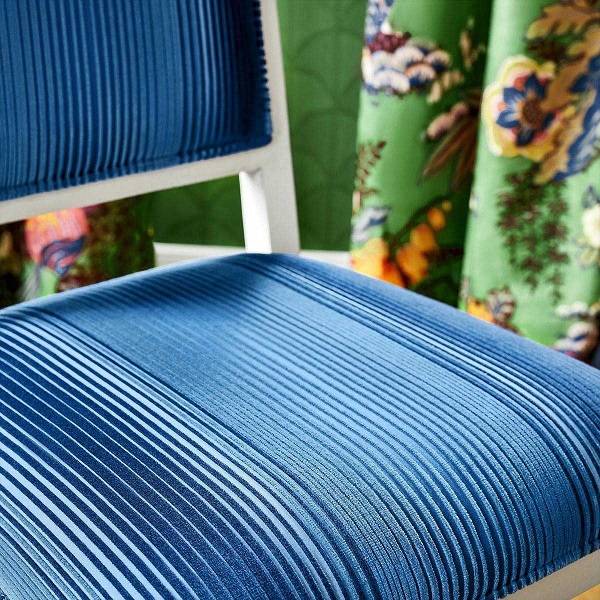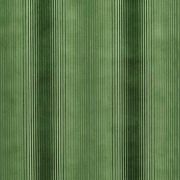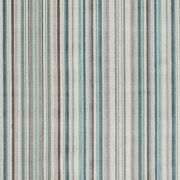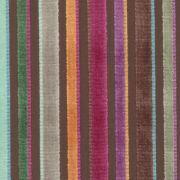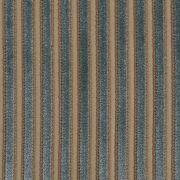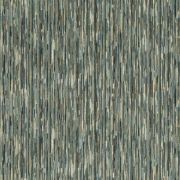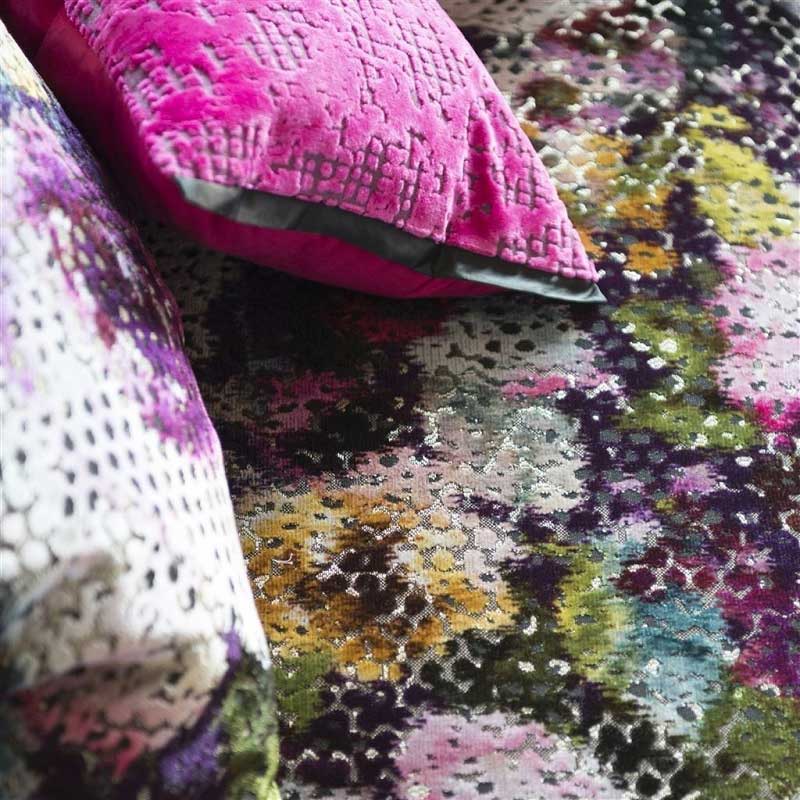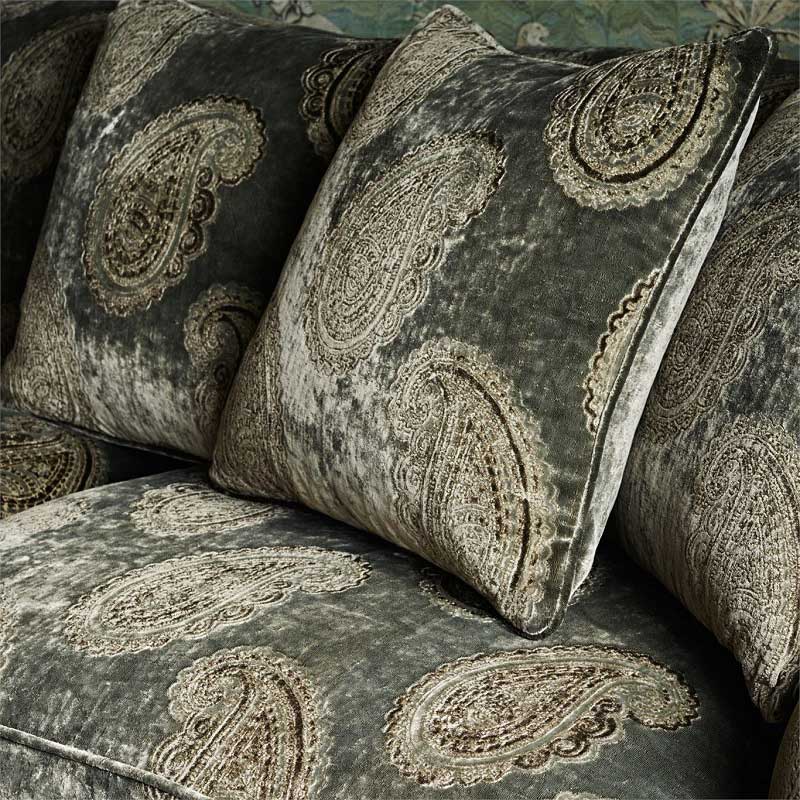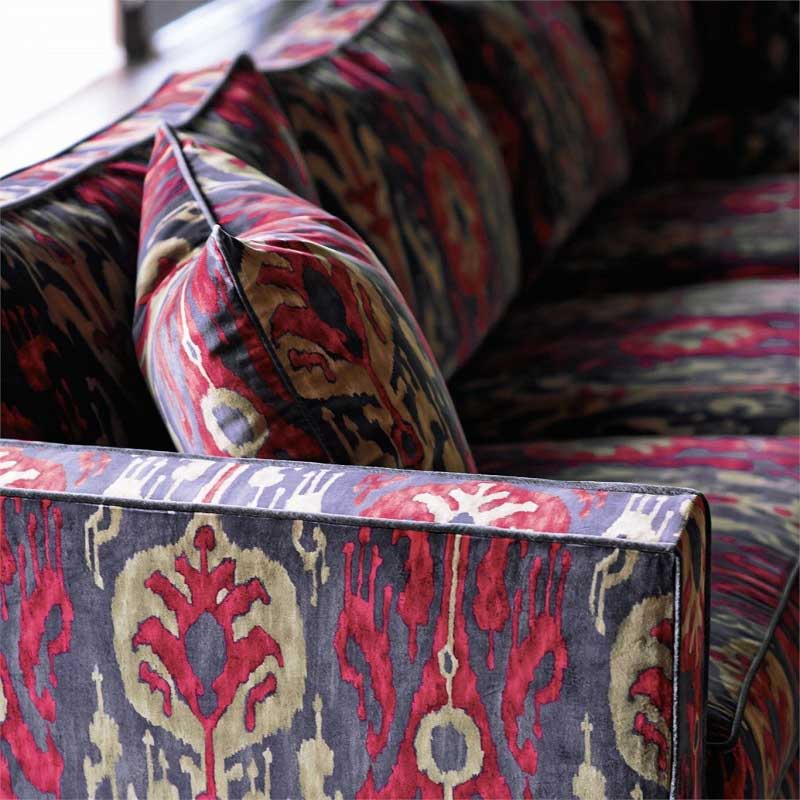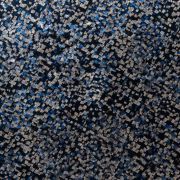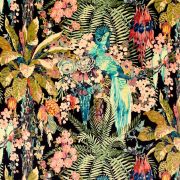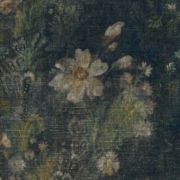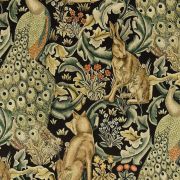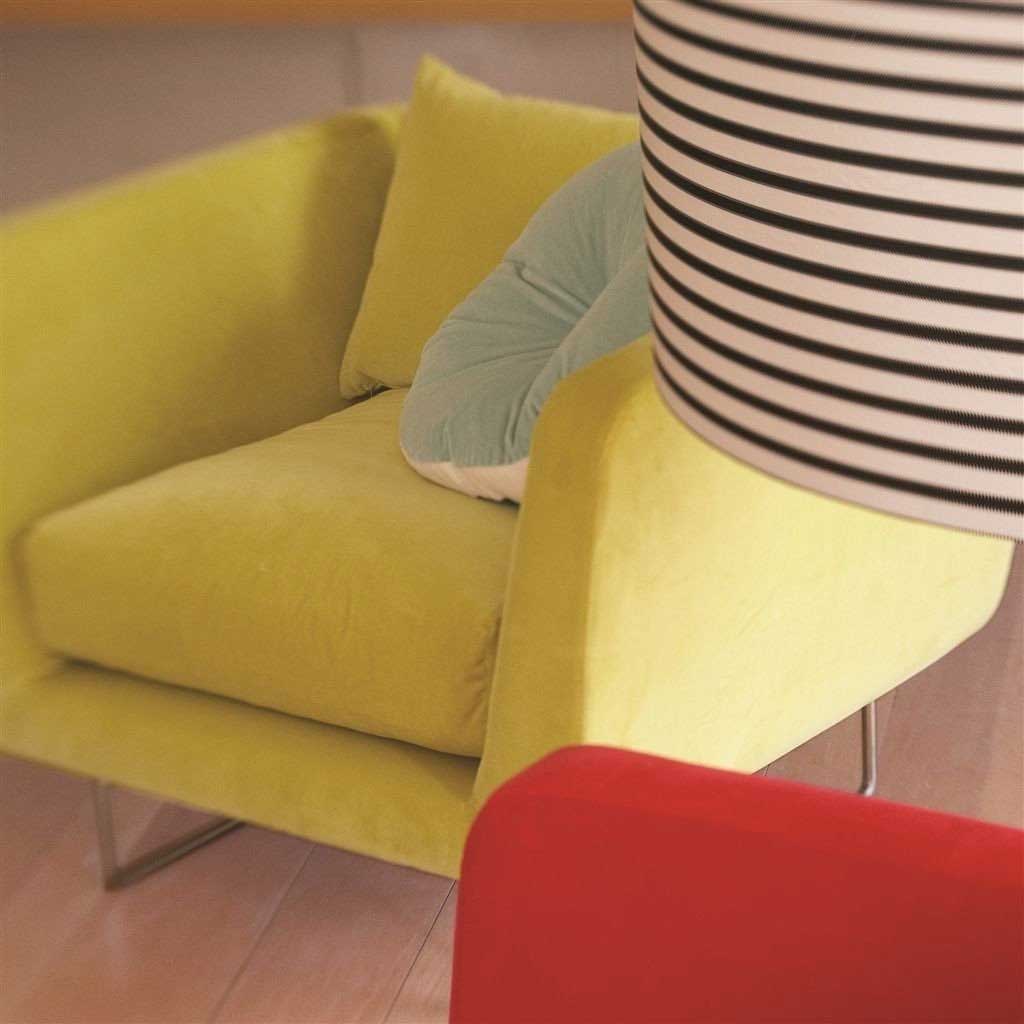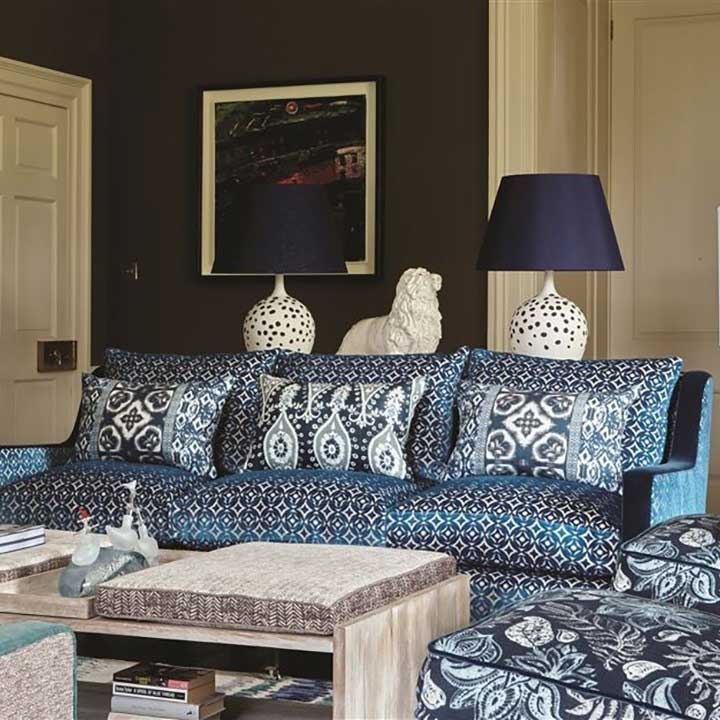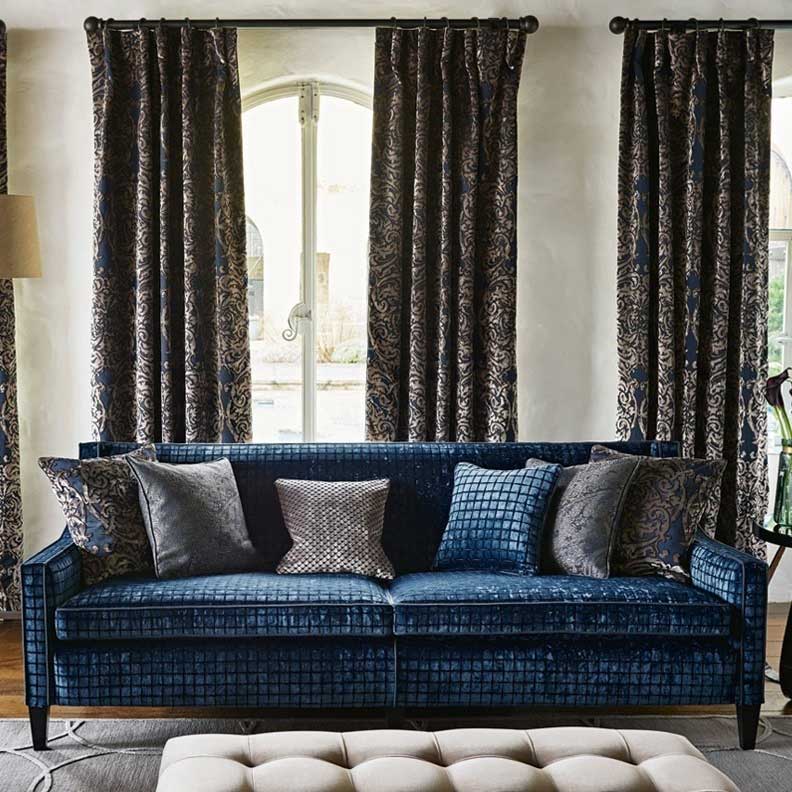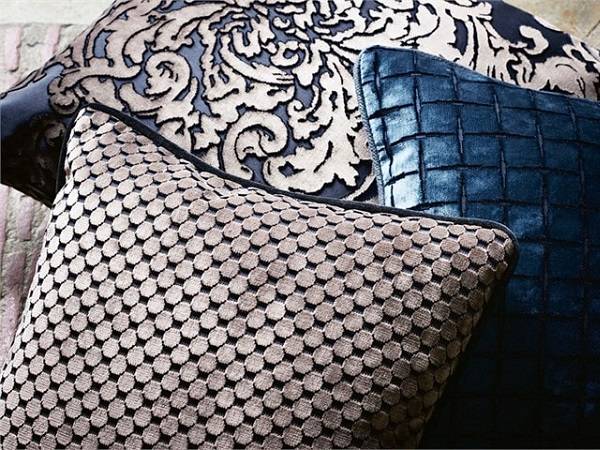Learning how to decorate with velvet fabric will give you the tools to add texture to any interior. This includes upholstery, curtains, and accessories.
Velvet fabric has been produced for thousands of years and its sumptuous, soft quality continues to be seen as an extravagance. This is all despite new materials and quicker, easier and cheaper production methods.
These innovations mean that there's more variety of velvet fabric than ever. This can make it hard to choose between them and to know how to use them. There are, however, a few simple tricks that can be used. Here's what you need to know about how to decorate with velvet fabric.
What Are the Different Types of Velvet Fabric?
Velvet fabric was originally highly coveted and expensive because of the laborious hand-looming process. Furthermore, it was made from pure silk which remains pricey to this day.
Now there are a variety of compositions available. Weaving has been machanised. (The knit version is called velour.) Plus, the enduring appeal of velvet fabric means that there's a wealth of styles on offer.
There are, nonetheless, three main types of velvet fabric. These broad groups are the easiest way to narrow down your options. They are: plain velvet fabric, striped velvet fabric, and patterned velvet fabric.
Plain Velvet Fabric
A plain velvet fabric uses one colour, all over, with no pattern or added texture. There is, however, semi-plain velvet fabric.
This type of material includes a small design, pattern, and/or texture. For example, Dapple Velvets have a deep pile and subtle, distressed appearance. A semi-plain is more modern and adds a slight difference to create added interest to this staple.
Plain velvet is the most common form and what people usually picture when they think of velvet fabric. It also comes in the widest range of colours. These can be bold and bright, rich or muted. There's a plain velvet fabric for every taste and interior.
A good rule of thumb is that bright colours are fun and youthful. Whereas, deeper colours are traditional and timeless. Both are ideal for using as a block colour in a room whilst adding depth with texture.
Shop Plain Velvet Fabric
Striped Velvet Fabric
There are five types of stripes: classic, pinstripes, multi-stripes, ticking stripes, and alternative stripes. All of these can be found on velvet fabric.
Striped velvet fabric can also be multitoned, two colours or multicoloured. As with any stripes: the fewer the colours, the more timeless the design.
They can also be produced in different ways. A print like this Cascade Velvet Fabric allows for an alternative, tie-dye appearance. Whereas, Ombre Velvet Fabric lives up to its name. This provides a modern blending of one colour in different hues. Alternatively, Salon Stripe Velvet Fabric alternates between two colours for a classic coastal pattern.
Ultimately, picking a type of velvet striped fabric is like choosing any stripe. Classic stripes suit a traditional interior and alternative suits young homes.
Shop Striped Velvet Fabric
Patterned Velvet Fabric
Thanks to modern forms of production it is now possible to produce velvet fabric in almost any pattern. There's damask velvet fabric, geometric, ikat, and floral velvet fabric.
Although, these techniques are new that doesn't mean the designs need to be. Many classic patterns have been reproduced in velvet.
Patterned velvet fabrics can be created in several ways. Firstly, designs can be incorporated during the weaving process. Then there's printed velvets, whether screen or digitally. Alternatively, cut velvet and devoré velvet fabric have an extra texture to their material. The latter is made using chemicals to burn the fabric away.
The Orissa Velvet Fabric, for example, was woven with a large paisley design. The subtle, tone on tone colours make it a classic look.
Whereas, The Kashgar Velvet Fabric and its ikat design were created using printing. This is perfectly suited to achieving the bold colours and pattern.
Then there's the Mattiazzo Velvet Fabric which is a jacquard cut velvet. It then has a diffused floral print. The result is a powerful combination that forges this vivid contemporary motif.
Patterned velvet fabric instantly adds lavish texture to an interior. It can also be the feature of the room and leading pattern in deciding other furnishings and decorations. This can be done by using it on upholstery and/or curtains.
Meanwhile, the pattern choice will be based on the interior design style. Whether your home is contemporary or a vintage, there's plenty of choice.
Shop Striped Velvet Fabric
Three Ways to Style Your Velvet Material
Idea One: Plain on Plain Velvet Fabric
Vivid plain velvet fabric delivers a young modern aesthetic that is uplifting and whimsical. Using primary colours, in particular, achieve a potent punchy contrast. Varese Velvet fabrics work well in this scheme.
These tones also suit other simple design features. This may include metallics or monochrome stripes.
The texture of the material gives added depth to the room. Meanwhile, the plain design allows the brights to pop.
The result is a vibrant, unfussy room with bags of personality. For this reason, it works particularly well in a shared space.
Idea Two: Mix Velvet Fabric with Other Patterned Materials
Mixing other patterns with velvet fabric is one approach to fashioning a country house look. The key is to avoid being too matchy.
Begin with the colour scheme by picking several colours, including (at least) one neutral. Then marry them together. Rich tones are the best choice like on this Brocatello Fabric.
Other pattern picks should be in the same vein. That means traditional with traditional and contemporary with contemporary.
In this case, geometric with geometric like this Kerani Fabric. It's used on the chairs and then repeated on a single cushion.
Likewise, colours can be repeated. This may simply mean the use of trimmings.
The intertwining of colour and pattern gives a room a lived-in feel that suits larger spaces and/or higher ceilings. The patterns then fill the space without being overwhelming.
Idea Three: Mix Patterned Velvets
Take the level of luxury up a notch by using patterned velvet fabric with patterned velvet fabric. This requires more harmonising for a greater pay-off.
The best means of mixing velvet patterns is variety in the designs. Textures and styles need to be dissimilar enough to have equal footing. For example, there can be a print with a cut velvet. They can then be balanced out through colour.
The classic printed damask of this Tespi Velvet Fabric appears on the curtains and cushions. Their secondary colours are then matched in other parts of the room.
Along the same lines, use this approach in neutral tones to create a demure finish. Rather, this Tespi Square Velvet with this Tespi Velvet Fabric.
Lastly, a muted complementing third velvet can be added like the Tespi Spot Velvet Fabric. A smaller design, used on smaller furniture brings everything together.
You May Also Enjoy Reading...
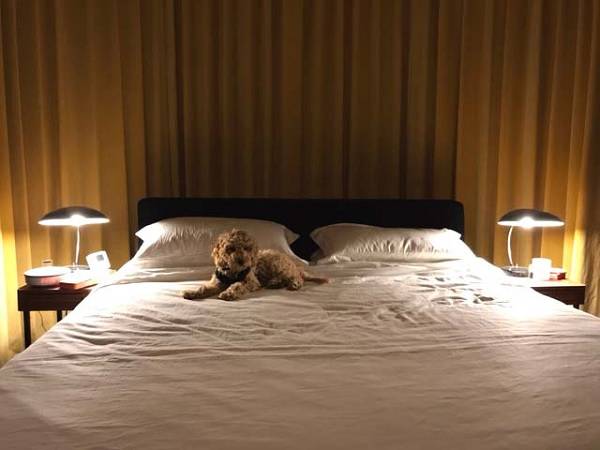

Mad about Mustard... Modern Velvet Curtains
We made mustard yellow velvet curtains for each bedroom of our client's townhouse. See how they look in each space.
- paypal
- visa
- mastercard
- amex

